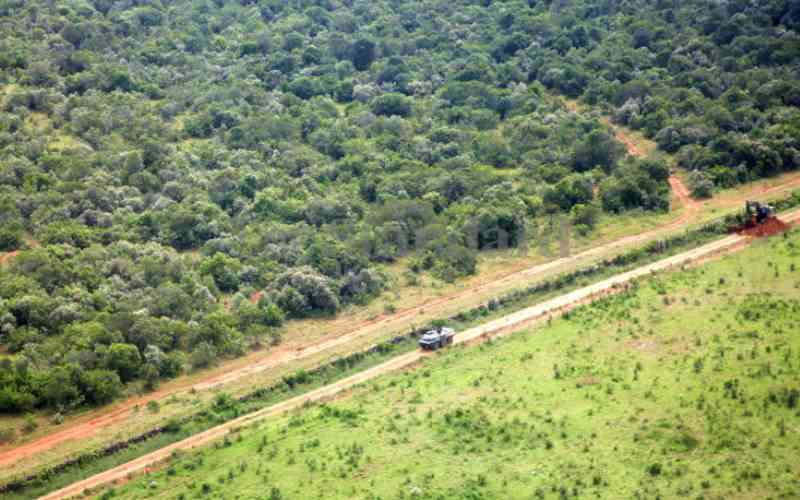×
The Standard e-Paper
Read Offline Anywhere

In Kenya, a profound transformation is underway, set against the backdrop of the country's diverse wildlife and stunning landscapes.
The 30x30 initiative has sparked a global call, aiming to designate 30 per cent of Earth's land and ocean areas as protected zones by 2030.